Your Ultimate Guide to a Gorgeous (and Cat-Safe!) Indoor Jungle
I’ve spent years with my hands in the dirt, from running huge commercial greenhouses to helping people design their dream gardens. And for just as long, I’ve had cats as my quiet, furry supervisors. I learned a long, long time ago that having a lush, green home and a safe, happy cat aren’t mutually exclusive. They’re two sides of the same coin.
In this article
It’s a question I hear all the time, usually from a new cat owner eyeing a beautiful orchid: “Is this safe for my cat?” And while the short answer for an orchid is yes, that misses the bigger picture. Creating a truly cat-safe home isn’t about memorizing a giant list of ‘good’ and ‘bad’ plants. It’s about understanding why some plants are a problem and how to manage any plant responsibly. It’s a skill, just like learning how to water a finicky fern. Once you get the hang of it, you can build an amazing indoor garden without the anxiety.
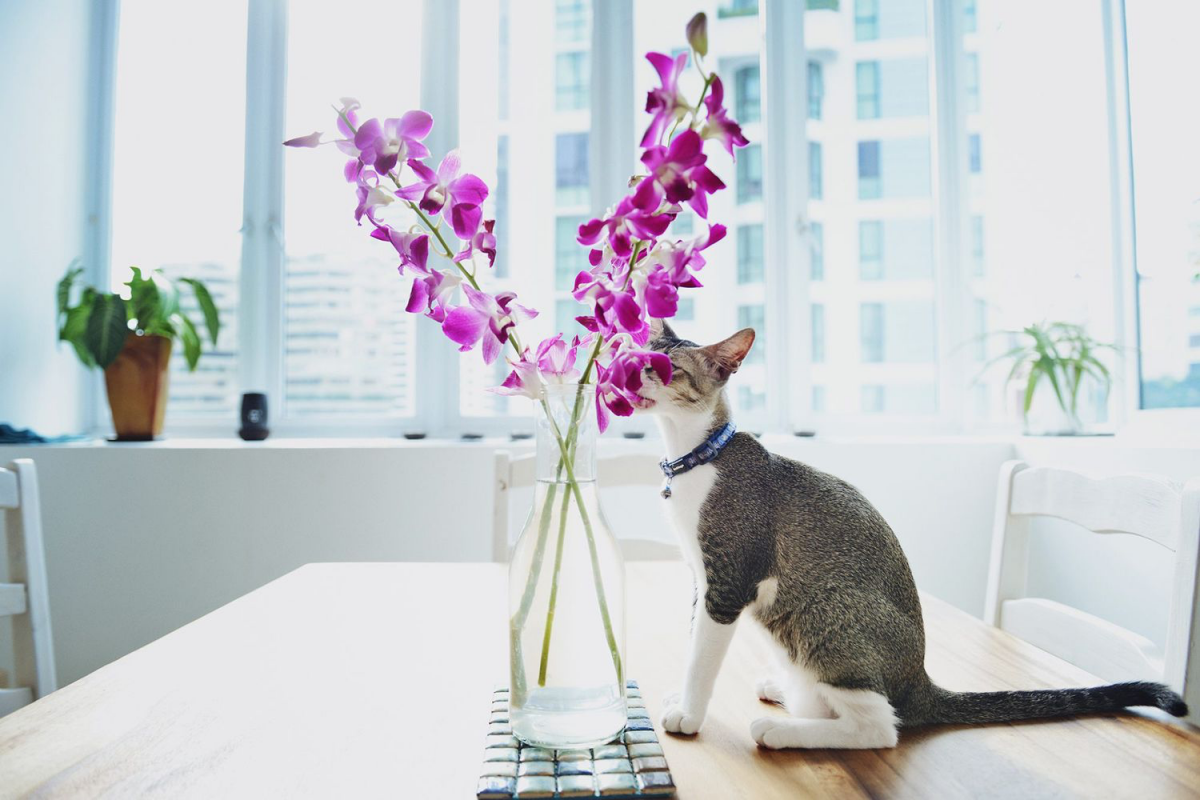
So, this guide is packed with everything I’ve learned from both professional successes and, let’s be honest, a few personal mistakes. We’re going way beyond a simple list to get into the real-deal techniques for keeping your plants thriving and your cat out of trouble.
First, Let’s Talk Plant Toxicity (The Not-So-Scary Science)
Before you can pick safe plants, you gotta know what makes a plant unsafe. It’s not some vague, mysterious poison; it’s specific chemical compounds that cause problems. Knowing the main culprits helps you understand the real risk, not just a general fear.
The Big Offender: Insoluble Calcium Oxalates
This sounds complicated, but it’s the most common issue in a lot of trendy houseplants. Think of plants like Dieffenbachia (Dumb Cane), Pothos, Philodendrons, and Peace Lilies. Their leaves are packed with microscopic, needle-sharp crystals.
When a cat chomps down, these tiny crystals are released and physically stab the soft tissues of their mouth, tongue, and throat. Ouch. This isn’t a chemical poisoning, but a really painful mechanical injury. The signs are immediate and obvious: intense mouth pain, drooling, and pawing at their face. In really bad cases, the swelling can block their airway. This is exactly why these plants are a hard “no” in a house with cats.
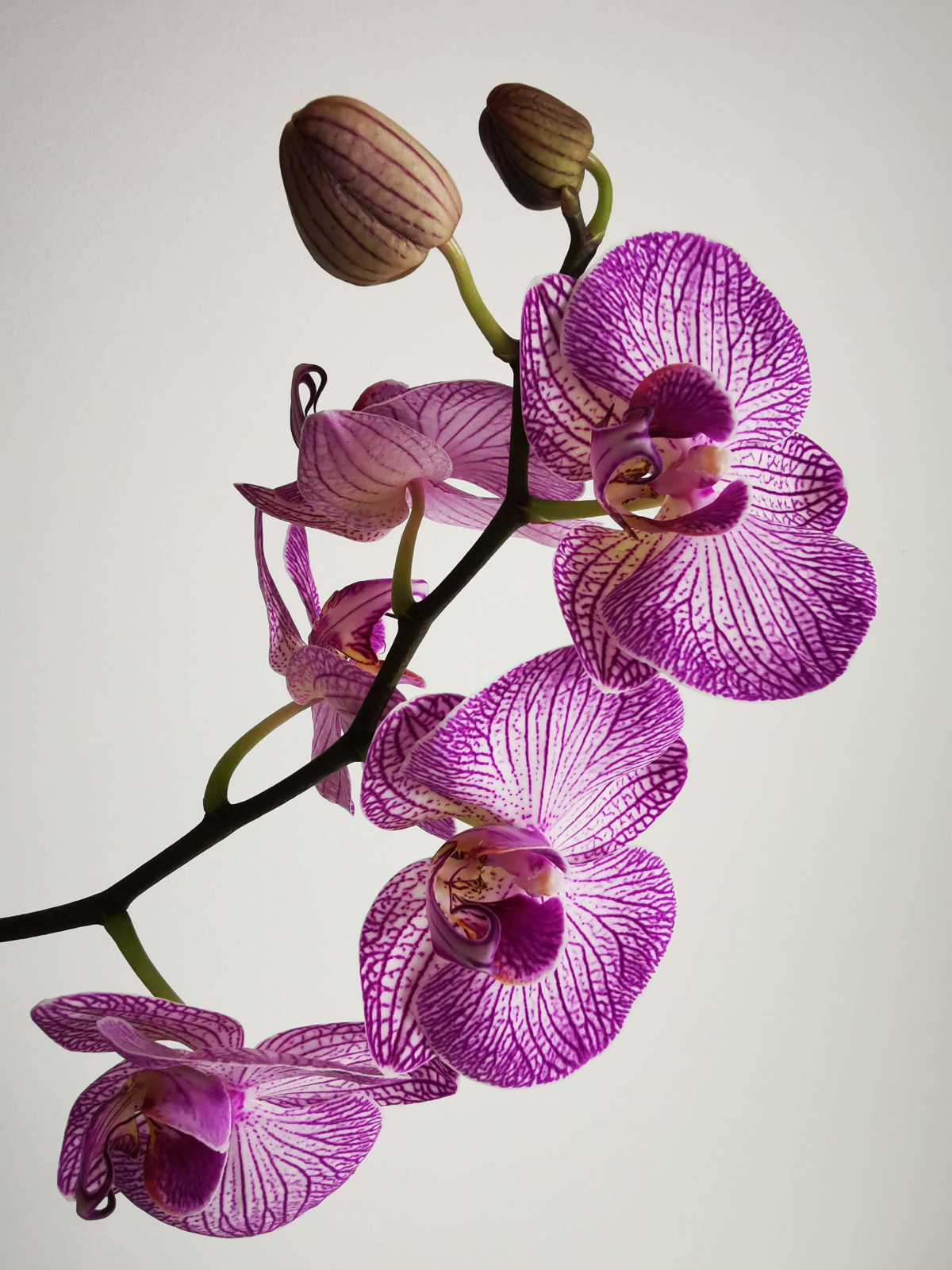
Heads Up: The Unforgivable Danger of True Lilies
Okay, if you remember one thing from this entire article, let it be this. All parts of true lilies (the Lilium genus) and daylilies (the Hemerocallis genus) are catastrophically toxic to cats. I’m talking about the stem, leaves, flowers, the pollen, and even the water in the vase.
Just a few grains of pollen licked off their fur during grooming can cause rapid, irreversible, and fatal kidney failure. I once consulted with a vet who shared a heartbreaking story. A cat owner received a bouquet with beautiful Stargazer lilies. The cat just brushed against them, got a dusting of pollen on its fur, and cleaned itself later. Despite immediate and aggressive vet care, the cat’s kidneys shut down completely. This isn’t a risk you can manage. Frankly, these flowers have no place in a home with cats. Ever.
Quick tip: It’s crucial to know the difference. A Peace Lily causes that painful mouth irritation we just talked about. A true Easter Lily causes kidney failure. The risks are worlds apart.
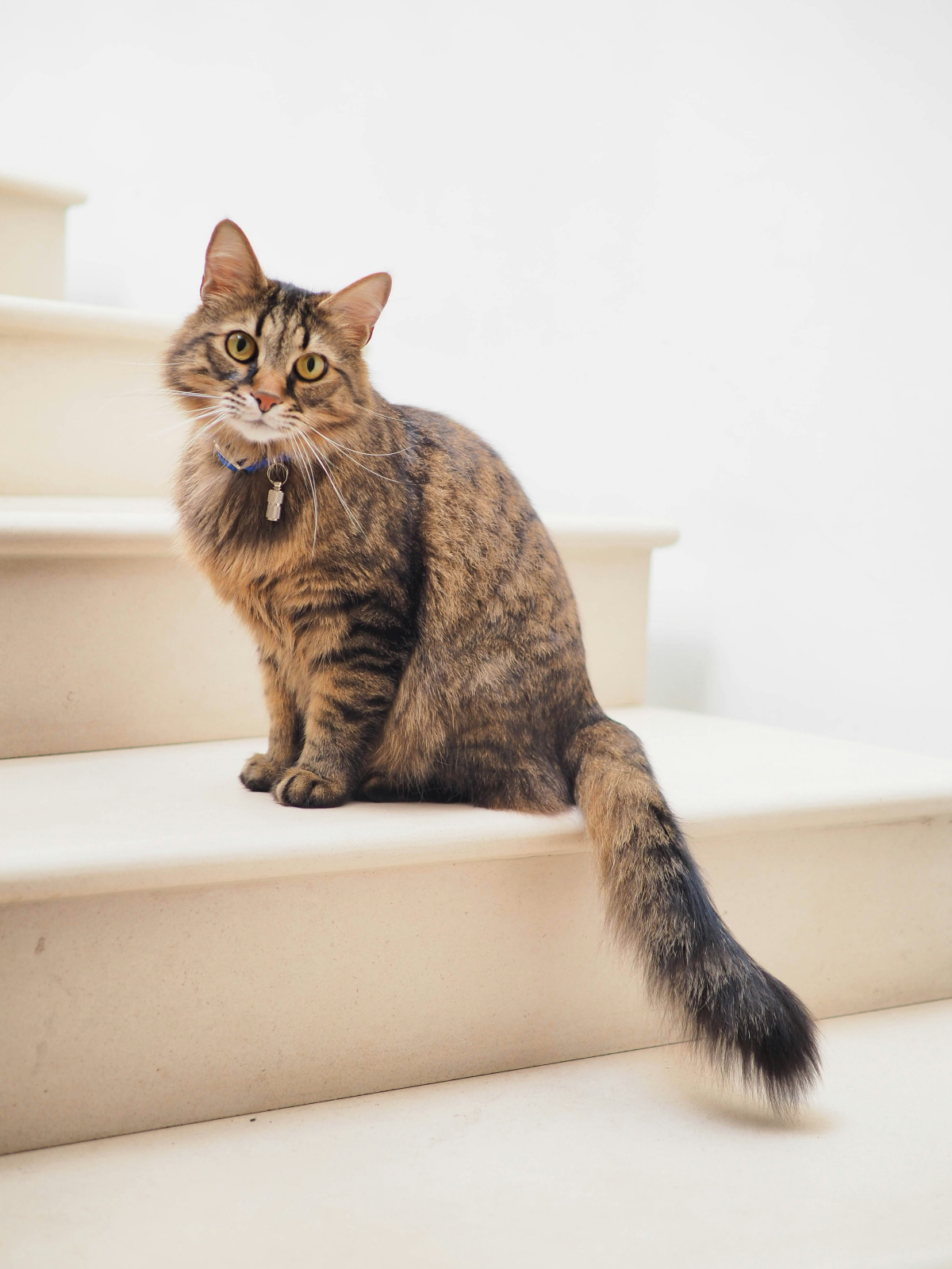
A Curated List of Great (and Genuinely Cat-Safe) Houseplants
Alright, with the serious stuff out of the way, let’s get to the fun part! Here are some of my all-time favorite cat-safe plants that are both beautiful and reliable. I’ll give you the real-world care tips and my own observations on how my cats have interacted with them over the years.
1. The Orchid Family (Phalaenopsis, etc.)
Let’s circle back to that first question. The entire orchid family is considered non-toxic to cats by every major animal welfare group. They’re an elegant, stunning choice. But “non-toxic” doesn’t mean “zero risk.” Here’s the professional fine print:
- Pesky Pesticides: Growers want their plants to look perfect, so they often use chemicals. My rule? Quarantine any new plant for a week or two. Gently wipe the leaves with a damp cloth and repot it in fresh potting mix. This gets rid of most residues.
- Choking Hazards: You know those little plastic clips holding the flower stalk? A bored cat could totally chew and swallow one. The chunky bark mix they’re potted in can also be a hazard if your cat decides to eat it.
- Tummy Aches: Cats are carnivores. Munching on any plant, even a safe one, can lead to some mild vomiting or an upset stomach. It’s always best to discourage your plants from becoming a salad bar.
Care Tip: The biggest mistake people make with orchids is watering. Ditch the ice cubes! Water it thoroughly with lukewarm water until it flows out the bottom, then let it dry out completely. Orchids grow on trees in the wild, so their roots need air. Always use a specialty orchid mix (usually bark, charcoal, and perlite) which you can grab at any garden center for under $10.
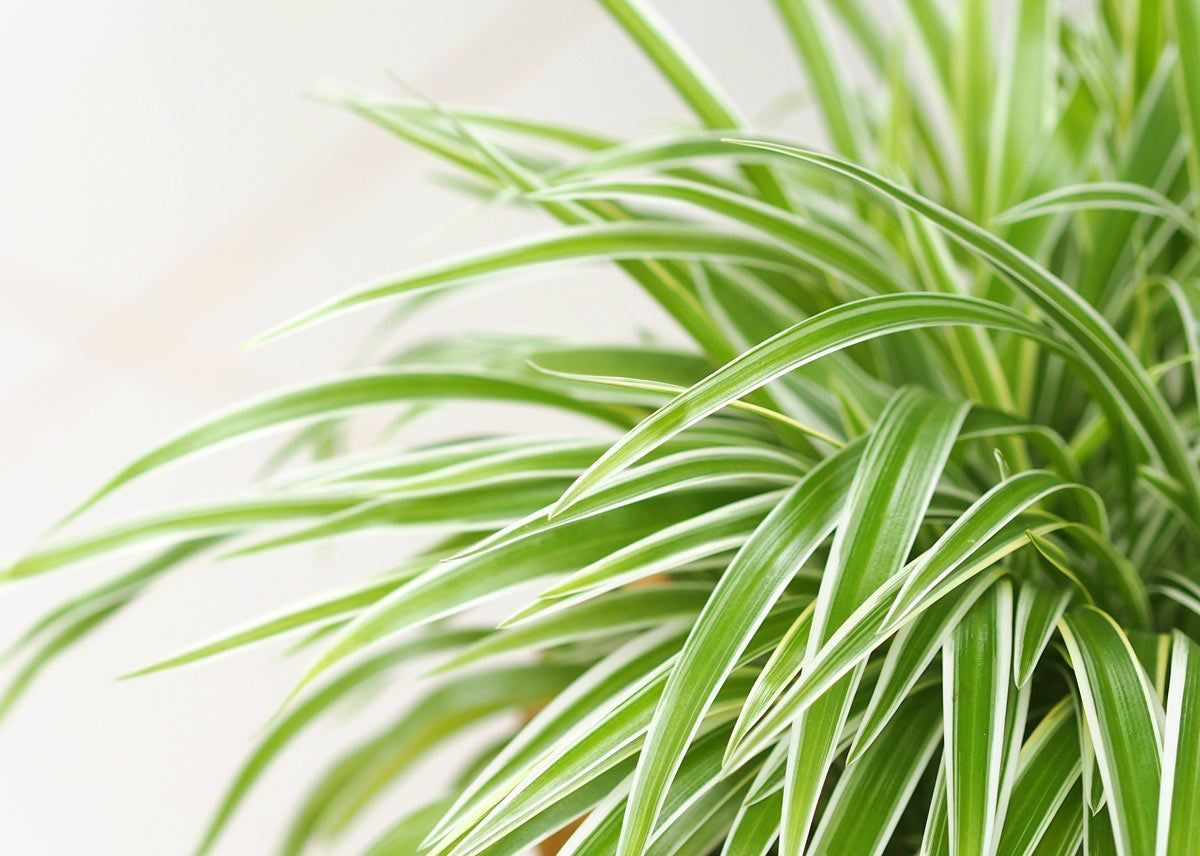
2. Spider Plant
A total classic for a reason! It’s tough, a great air purifier, and completely safe. In fact, cats often seem drawn to its dangly leaves and the little “spiderettes” (baby plants) it sends out. Some say it has a mild, harmless euphoric effect on cats, but honestly, the main issue is that they just love to chew it to bits.
My Experience: I keep mine in a hanging basket. It’s the only way. One of my cats loves to bat at the spiderettes and munch on the leaf tips. Since I know it’s safe, I don’t panic, but a hanging basket saves the plant from being constantly shredded. You can pick up a healthy Spider Plant for $10 to $25, depending on its size.
3. Parlor Palm
Want a tropical vibe without the drama? The Parlor Palm is your answer. It handles lower light like a champ, grows slowly, and is completely cat-safe. It’s one of my top recommendations for beginners. One of my first cats, a sweet ginger tabby, used to love napping under the fronds of my Parlor Palm. He never chewed on it; he just seemed to like the cozy, jungle-like shelter. They usually run between $20 and $60, depending on how large you want to start.
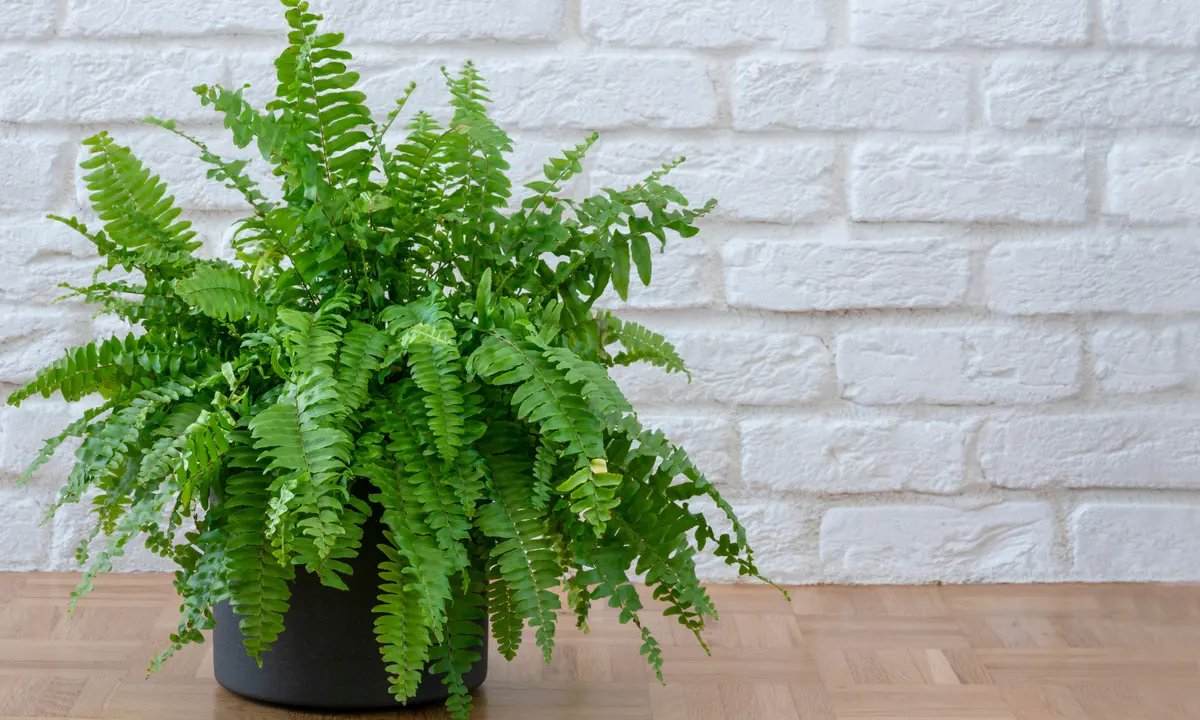
4. Calathea Family (Prayer Plant, Rattlesnake Plant)
The foliage on these plants is just breathtaking—true works of art. The whole family, including Prayer Plants and Rattlesnake Plants, is non-toxic. But… (and it’s a big but) they are absolute divas when it comes to care. They need high humidity and are very sensitive to tap water. Their thin, papery leaves are also incredibly tempting for a cat to claw. One of my cats once systematically punched holes in every single leaf of a gorgeous Calathea. The plant was safe, but it looked like it had been through a war. I keep them in a bathroom now, where the cat doesn’t go and the humidity is high.
5. Certain Succulents (Haworthia, Echeveria)
This one is tricky because people assume all succulents are safe. They are NOT. A lot of very common ones are toxic.
The Good Guys: Haworthia (like the Zebra Plant), Echeveria, and Sempervivum (Hens and Chicks) are all safe bets. They look architectural and cool, but their texture isn’t usually very appealing for a cat to chew on.
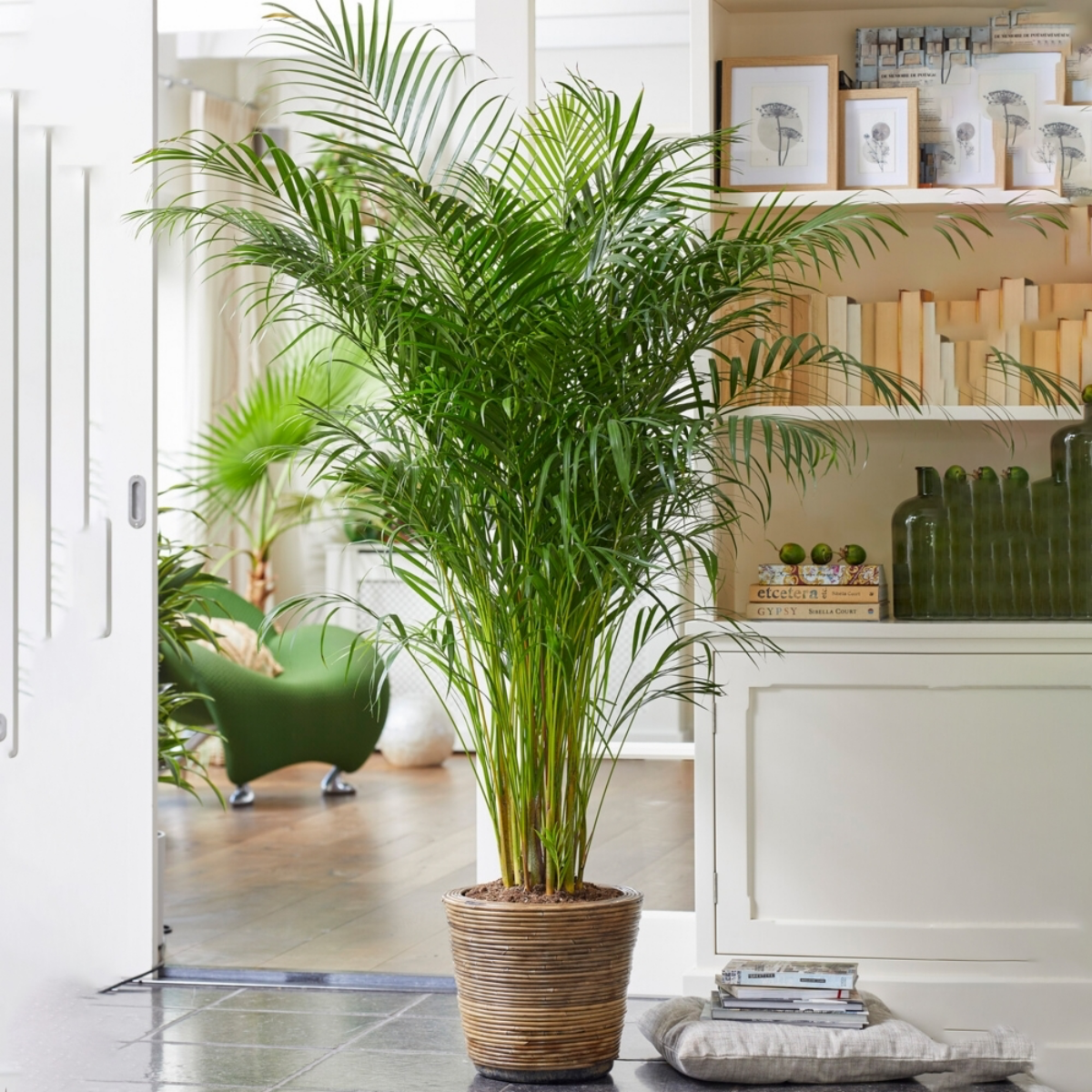
AVOID THESE: Be careful to avoid these common toxic succulents: Jade Plants (Crassula ovata), Aloe Vera, and all Euphorbias (which often look like cacti but ooze a toxic milky sap when broken).
Care Tip: You MUST use a special cactus or succulent soil mix. Regular potting soil holds way too much water and will lead to root rot, which is the #1 killer of these plants. A small bag costs about $8 at Home Depot or Lowe’s.
Protecting Your Plants FROM Your Cat
Okay, so we’ve covered protecting your cat from the plants. But what about the other way around? If your cat is a furry little agent of chaos, here are some tricks to protect your green investments.
- Go Vertical: This is the easiest fix. Use high, sturdy shelves or hanging baskets to put your plants out of reach. Make sure there isn’t a nearby bookshelf your cat can use as a launchpad!
- Use Scents They Hate: Cats dislike the smell of citrus. You can place some orange or lemon peels on top of the soil. You’ll have to replace them every few days, but it can be a decent deterrent for a curious digger.
- Create a Barrier: For larger floor plants, you can place decorative rocks or even pinecones on top of the soil. This makes it uncomfortable and unappealing for your cat to dig or use the pot as a litter box. (Yes, it happens.)
- The Last Resort: There are bitter-tasting sprays available at pet stores designed to discourage chewing. It doesn’t work for every cat and you have to reapply it, but it can be worth a shot if you have a persistent nibbler.
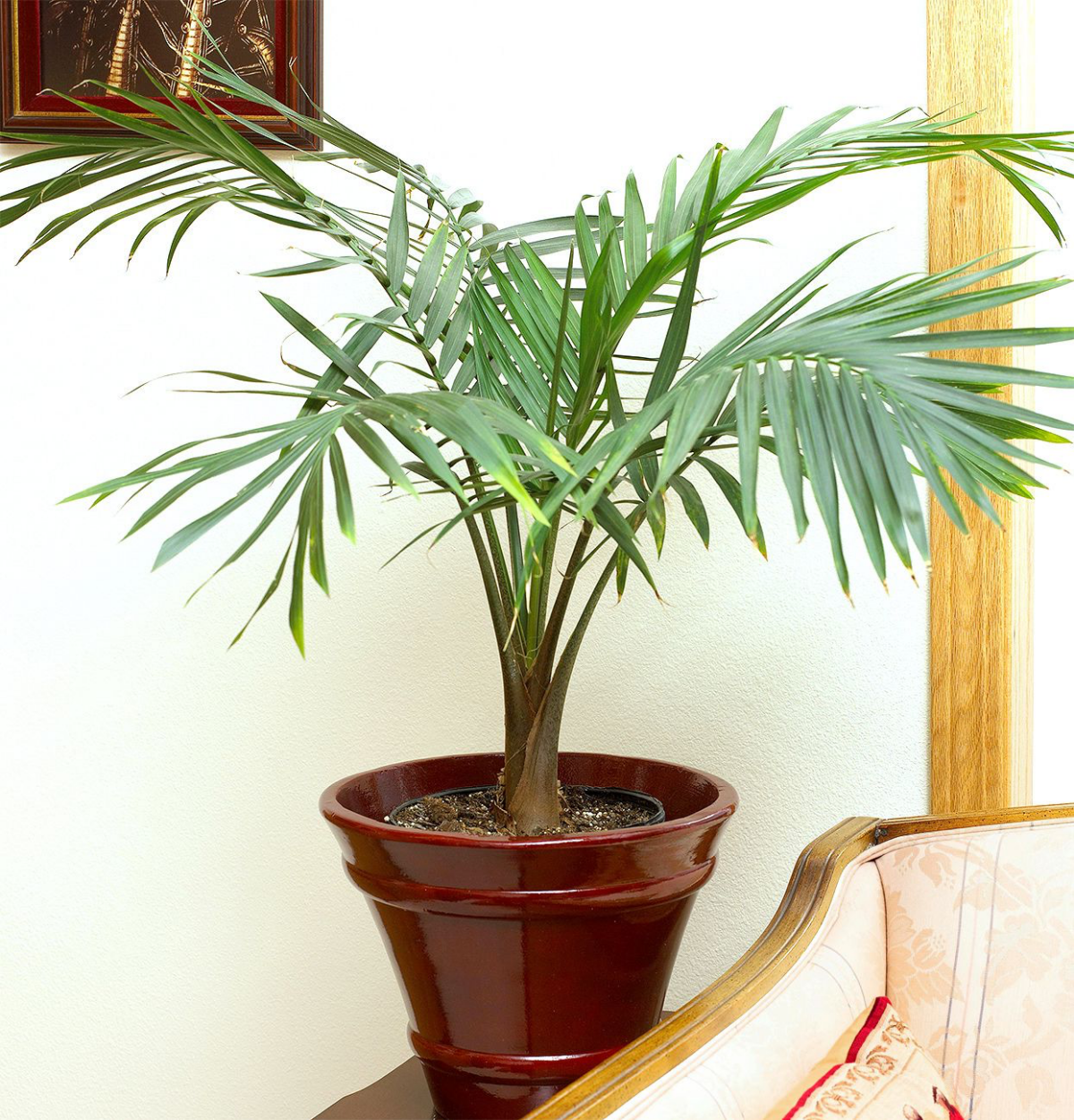
EMERGENCY PLAN: What to Do If Your Cat Eats a Plant
Even with the best planning, accidents can happen. A friend might bring over a bouquet with lilies, or your cat might sneak a bite of something you thought was out of reach. You need to know the signs and what to do.
Possible Signs of Plant Poisoning:
- Vomiting or diarrhea
- Lots of drooling or foaming at the mouth
- Pawing at their face/mouth
- Sudden weakness or lethargy
- Trouble breathing or seizures
If you even suspect your cat ate something toxic, it’s a MEDICAL EMERGENCY.
Your Action Plan (Screenshot This Now!):
- Act immediately. Don’t wait for symptoms to show up. With things like lilies, waiting can be the difference between life and death.
- Secure your cat. Get them away from the plant and into a carrier or a safe room.
- Call for help. Do NOT try to induce vomiting or treat your cat at home. Immediately call your vet, a local 24/7 animal hospital, or a poison control hotline.
Keep these numbers on your fridge or saved in your phone:
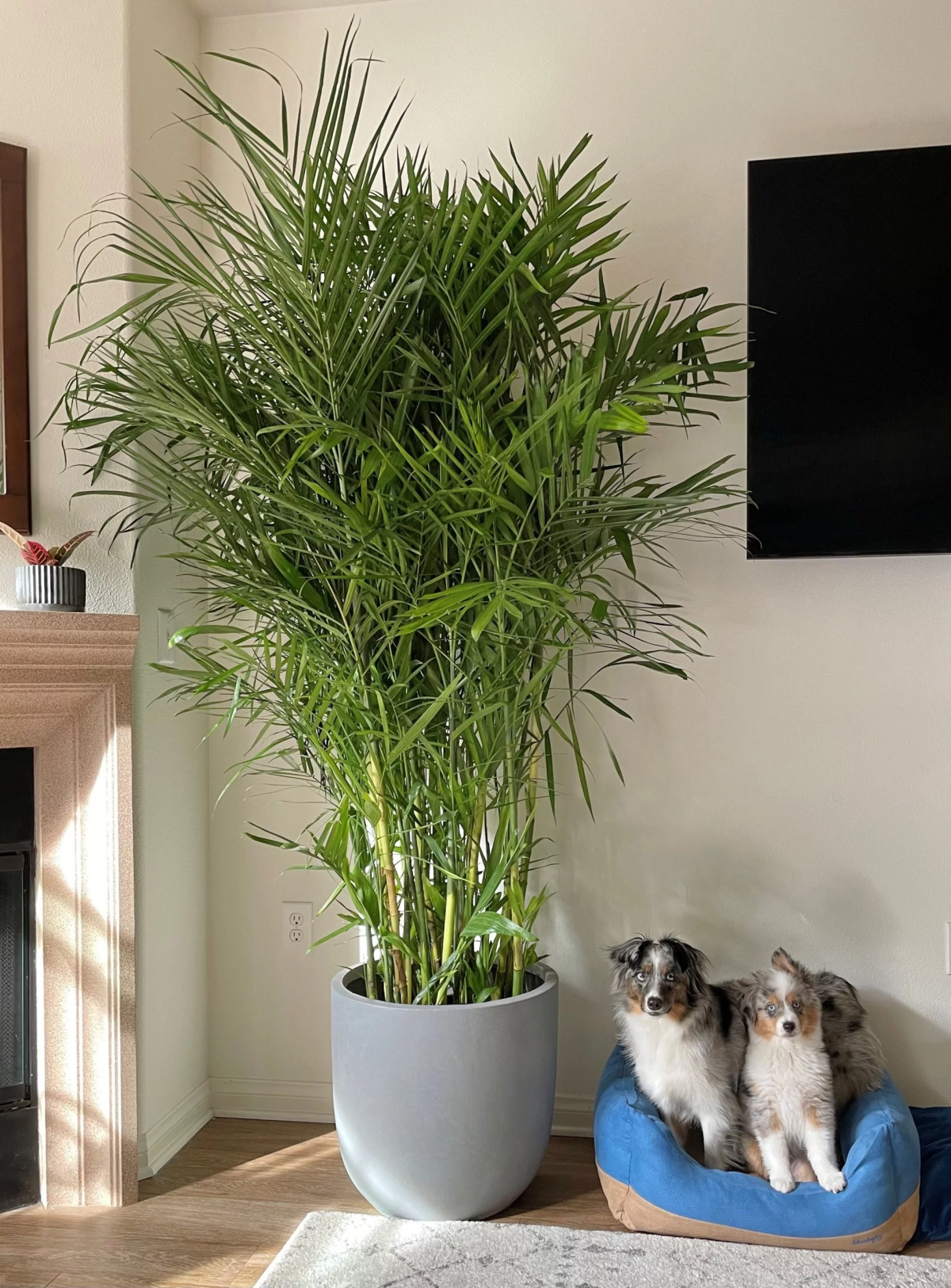
- Animal Poison Control Center: (888) 426-4435
- Pet Poison Helpline: (855) 764-7661
(By the way, these services usually have a consultation fee, often around $60-$80. It’s a small price to pay for your pet’s life.)
Your First Cat-Safe Garden: A Shopping List
Feeling overwhelmed? Don’t be! Here’s a simple, fun mission for you. Start small and build your confidence.
Your Starter Kit (Under $50):
- 1 Spider Plant or 1 Parlor Palm: About $15-$25
- 1 bag of quality all-purpose potting mix: About $8. Make sure it contains perlite (those little white crunchy bits that help with drainage).
- 1 decorative pot with a drainage hole: About $15
That’s it! For less than the cost of a fancy dinner, you can start a new hobby, add some green to your space, and do it all with total peace of mind. You’ve got this.
Galerie d’inspiration
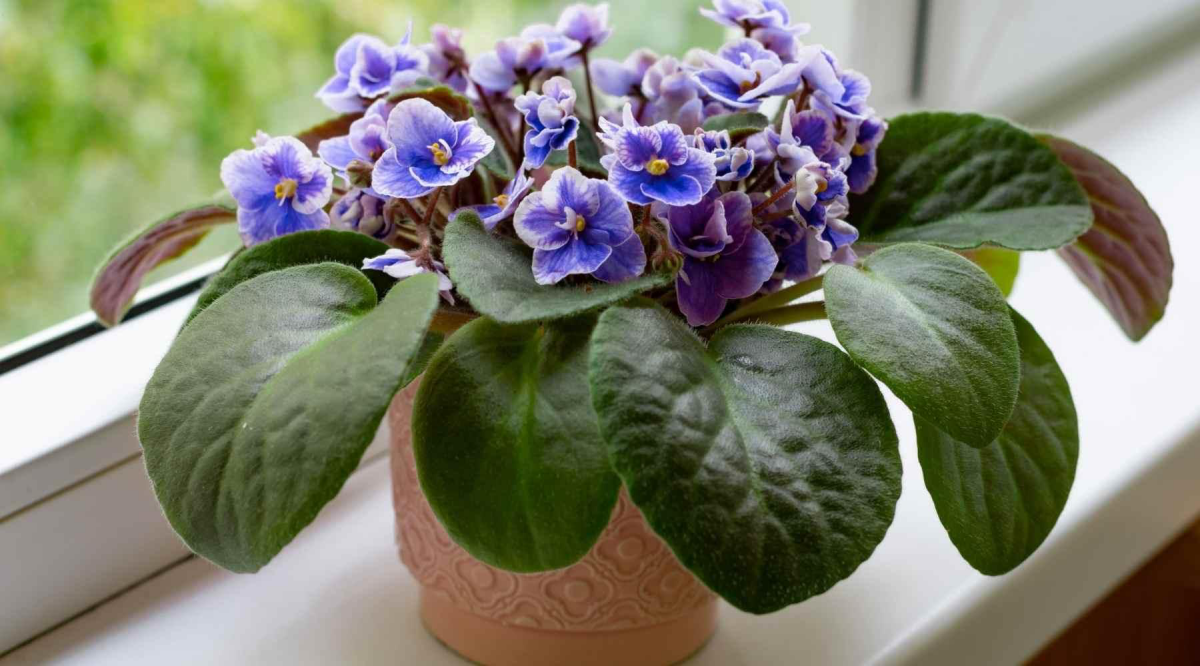

- Go vertical! Use hanging planters from brands like Mkono or place smaller pots like your Haworthia on high, sturdy shelves.
- Group plants on a dedicated plant stand that’s too crowded or complex for a cat to easily navigate.
- Choose heavy, ceramic or concrete pots that can’t be tipped over by a curious paw.
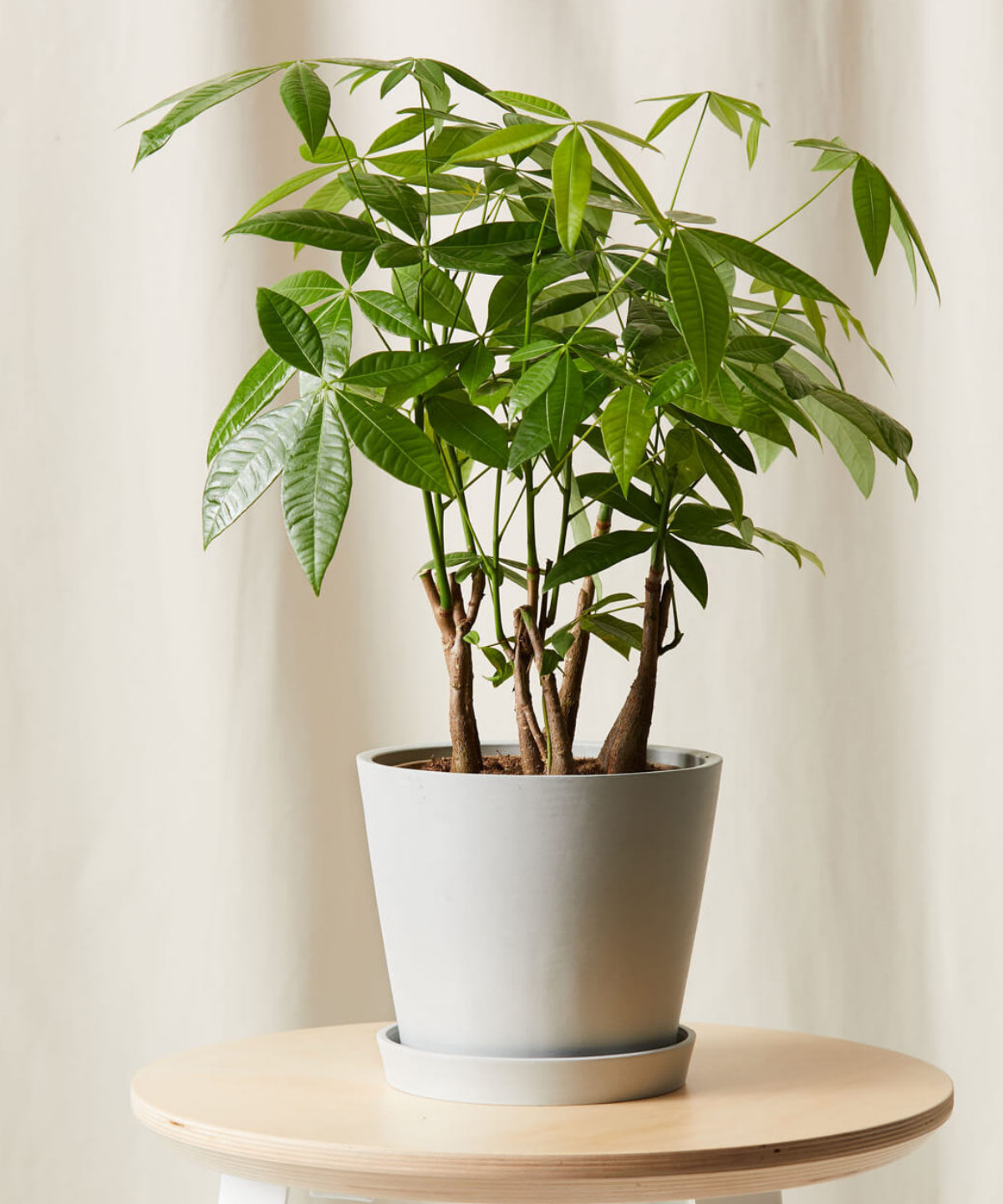
According to the ASPCA Animal Poison Control Center, calls regarding plant ingestion consistently rank among the top 10 toxin exposures reported for pets each year. Always double-check a plant’s status on their official list before bringing it home.

A critical safety note: Even a non-toxic plant can become hazardous. Systemic pesticides absorbed by the plant’s roots can be harmful if ingested, and freshly applied fertilizers or leaf shine sprays can be toxic. Always opt for organic, pet-safe soil and pest control methods, and wipe down new plant leaves with a damp cloth.
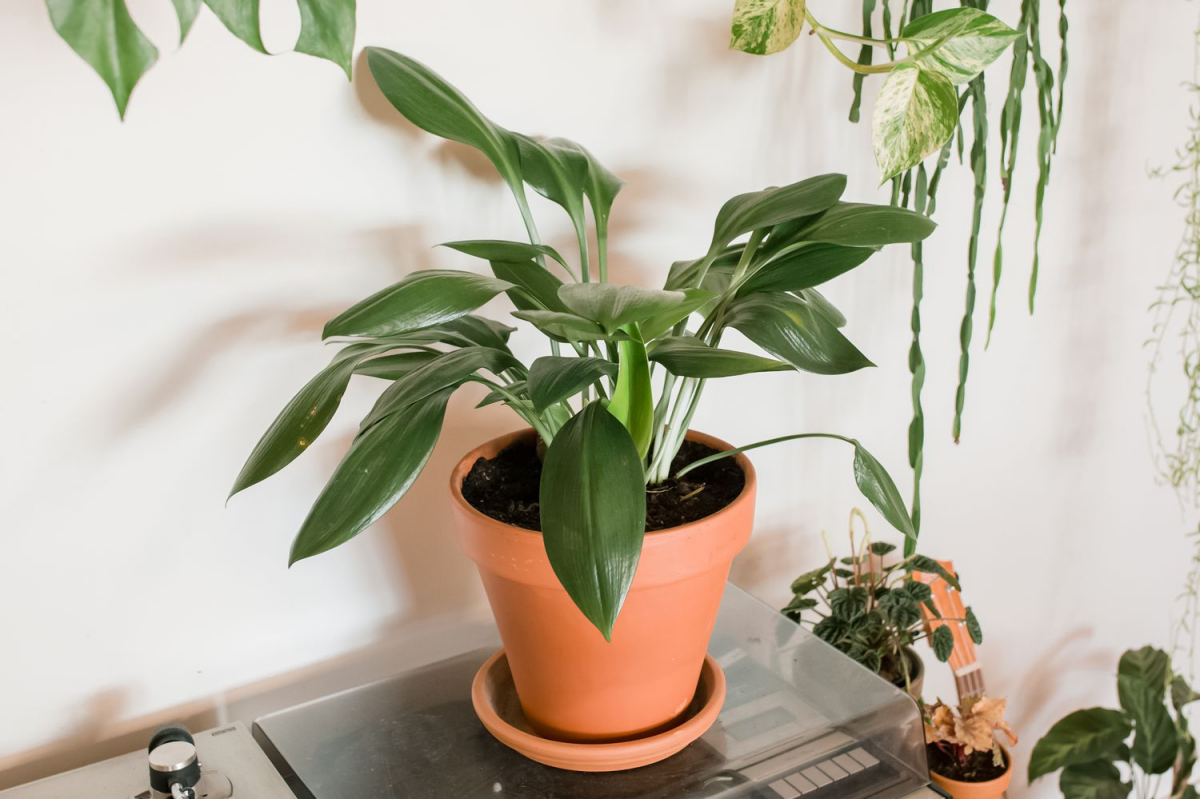
My cat is a determined chewer. What can I do?
Instead of only restricting, try redirecting. Dedicate a small, accessible pot to a
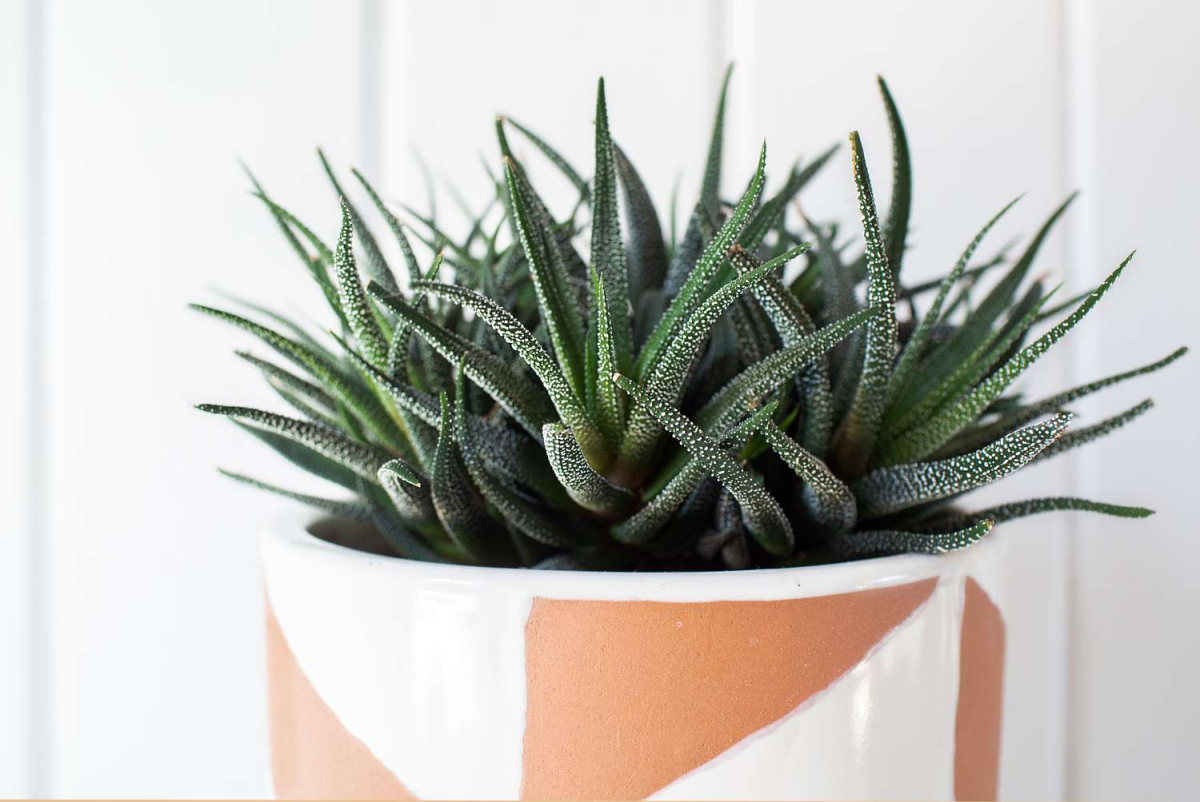
Parlor Palm (Chamaedorea elegans): Offers a lush, tropical vibe with delicate fronds and is very forgiving of lower light conditions.
Money Tree (Pachira aquatica): Features a distinctive braided trunk and glossy leaves, and is believed to bring good fortune. It’s also completely cat-safe.
Both are excellent choices for adding height and a touch of the tropics to your cat-friendly jungle.
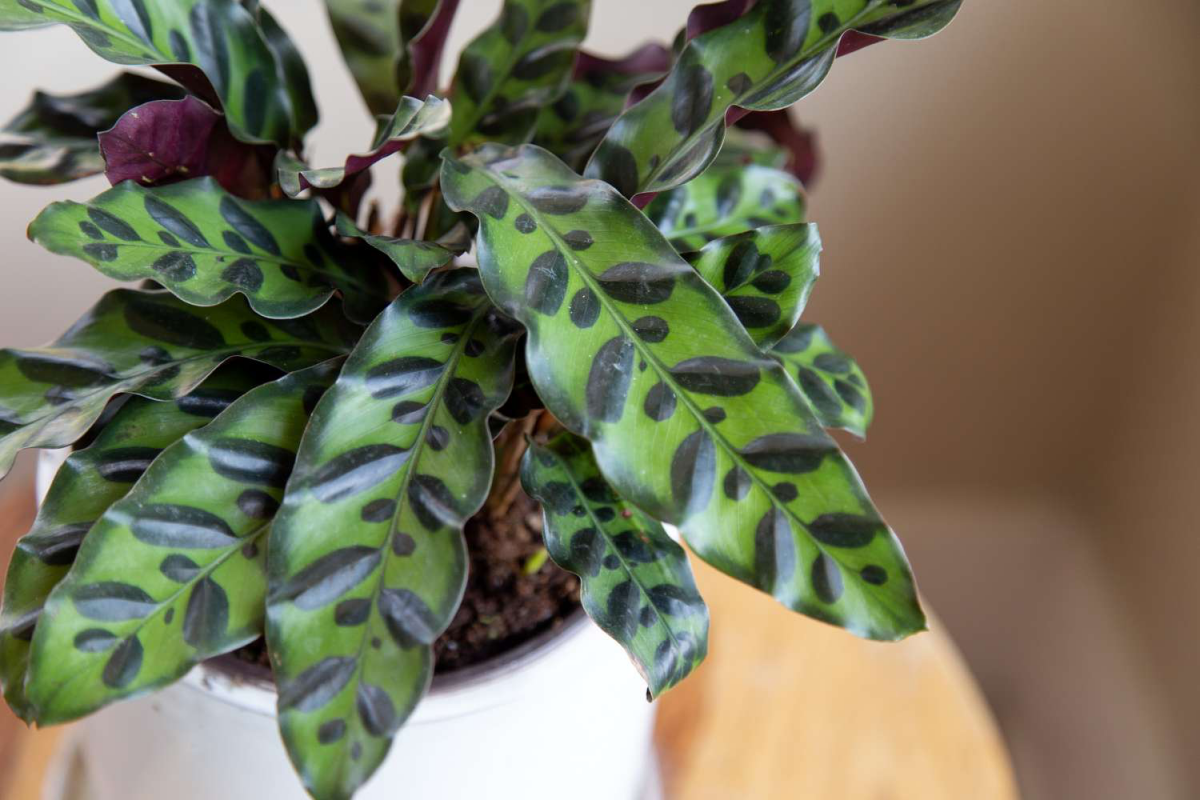
Create a textural masterpiece with a trio of safe plants. Combine the bold, waxy leaves of a Cast Iron Plant, the feathery lightness of a Boston Fern, and the striking patterns of a Rattlesnake Plant (Calathea lancifolia). This creates visual interest and a varied sensory experience, all while being 100% safe for feline friends.
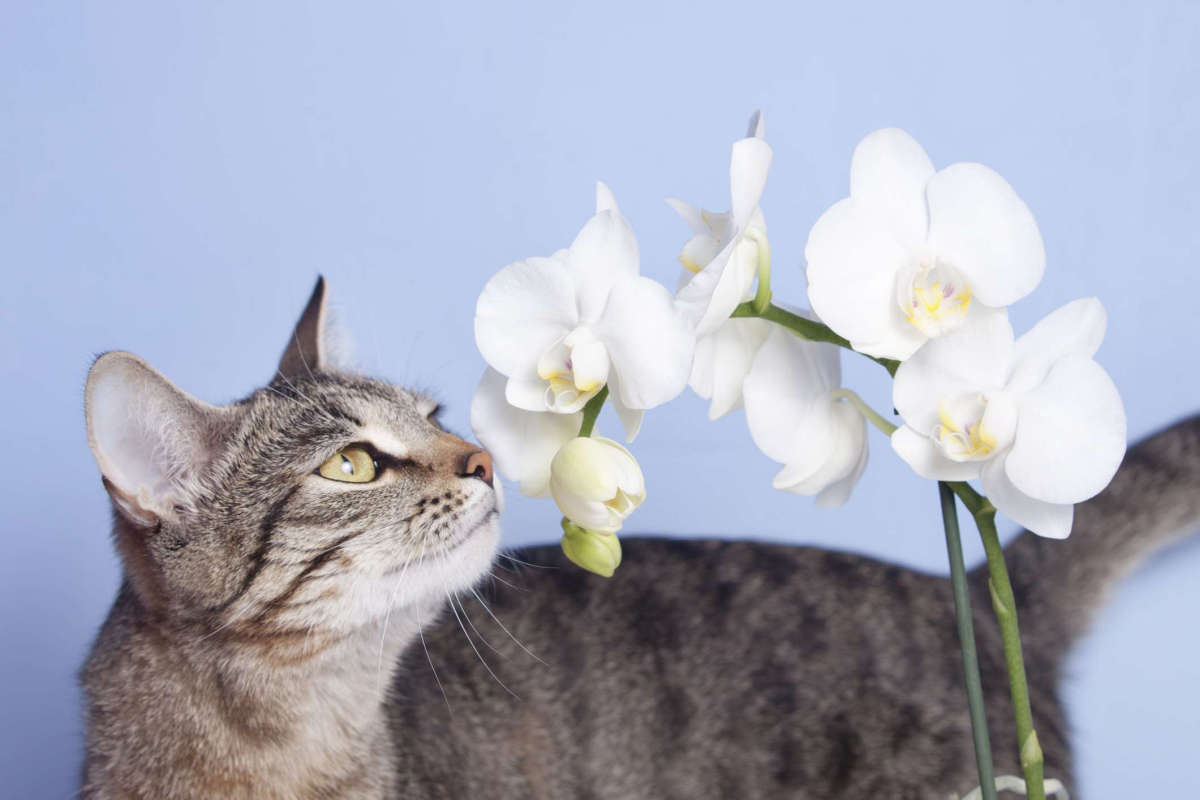
- Its trailing babies are fun for cats to bat at (and easy to propagate!).
- It’s a fantastic air purifier.
- It’s incredibly resilient and thrives on a bit of neglect.
The plant in question? The wonderfully retro and completely non-toxic Spider Plant (Chlorophytum comosum). It’s the perfect starter plant for a home with pets.
Many plants in the Marantaceae family, like Calatheas and Marantas, are known as ‘Prayer Plants’ because they fold their leaves upwards at night, resembling praying hands.
This fascinating daily movement adds a dynamic, living quality to your decor. Since the entire family is non-toxic, you can place a Calathea medallion or a pinstripe Calathea where you can enjoy its daily dance without worrying about a curious cat. Their vibrant, painted-on patterns offer a huge visual reward with zero risk.










